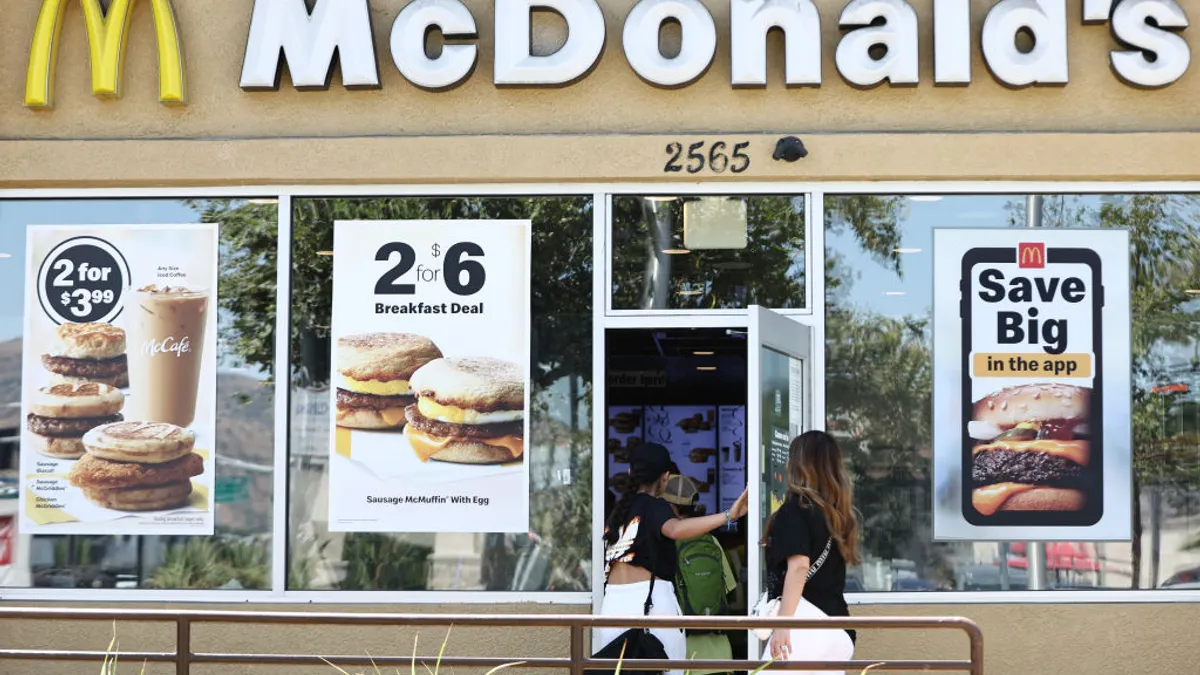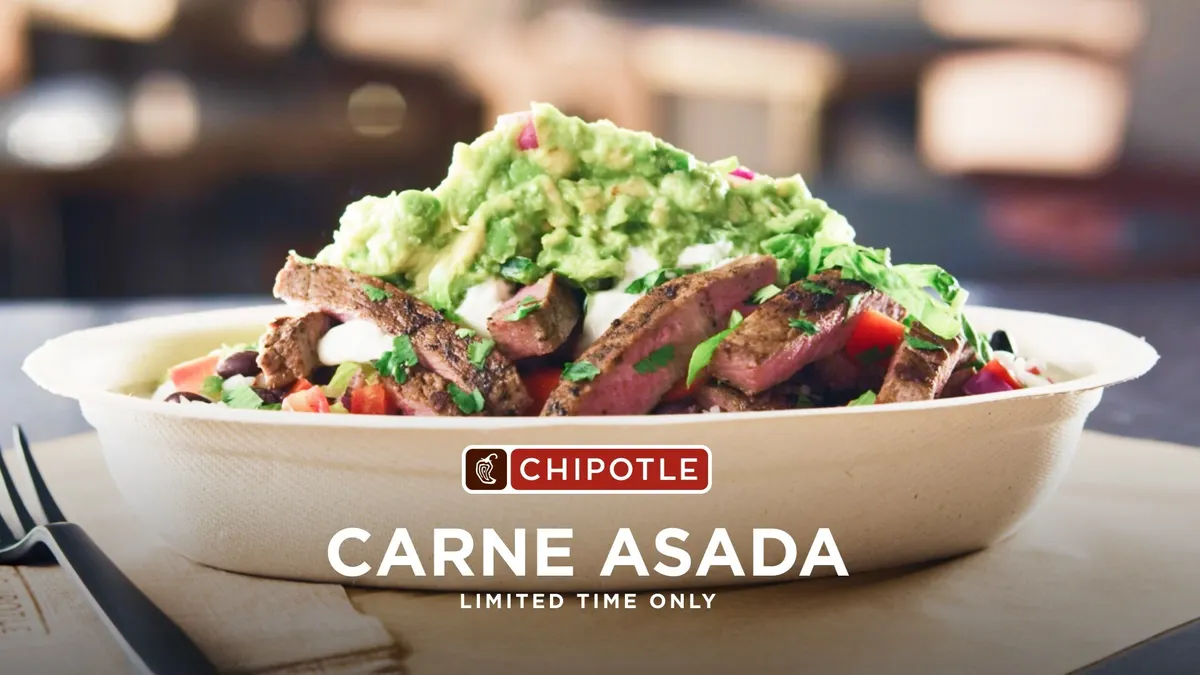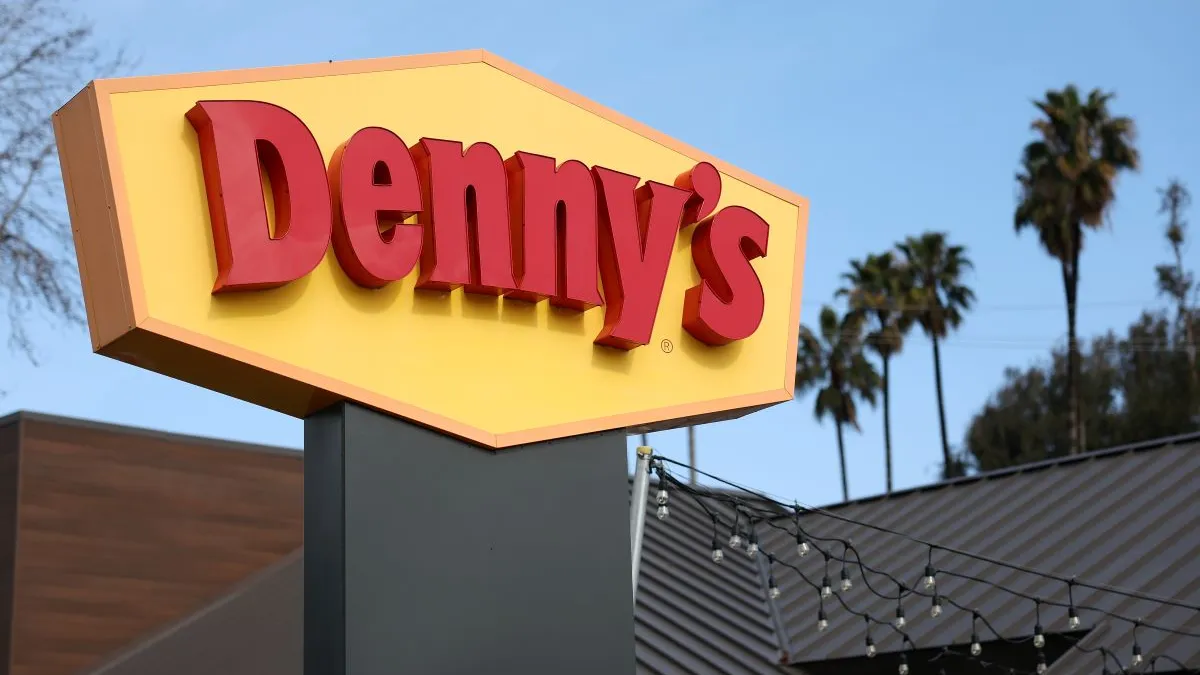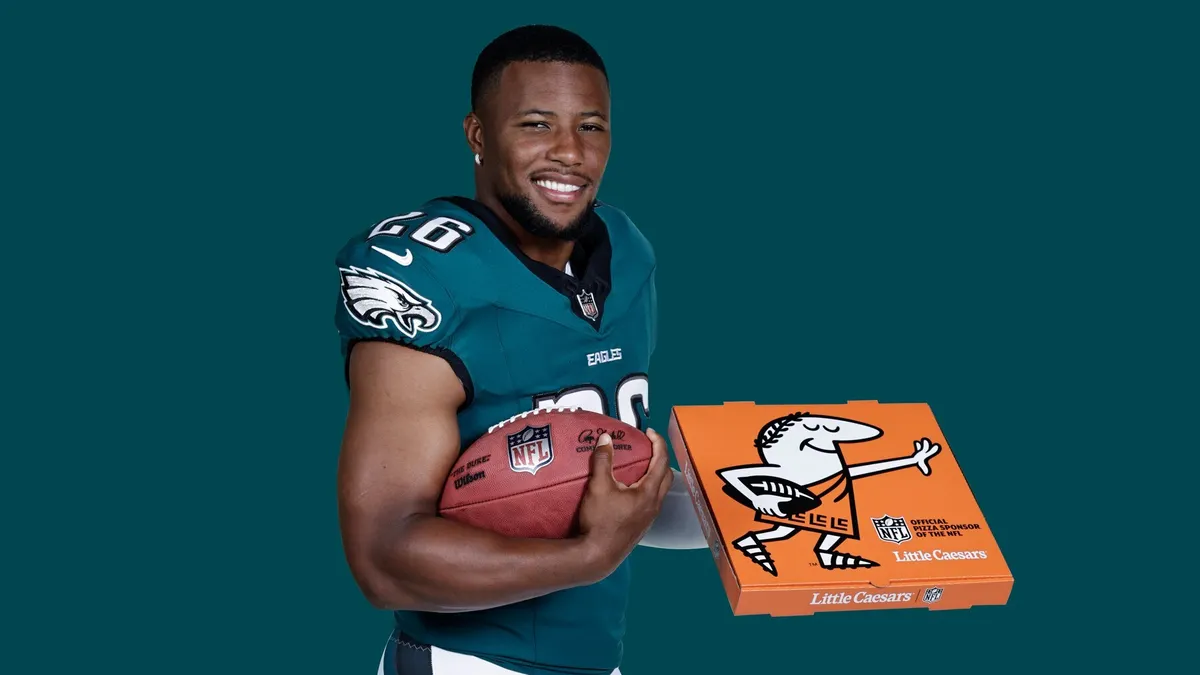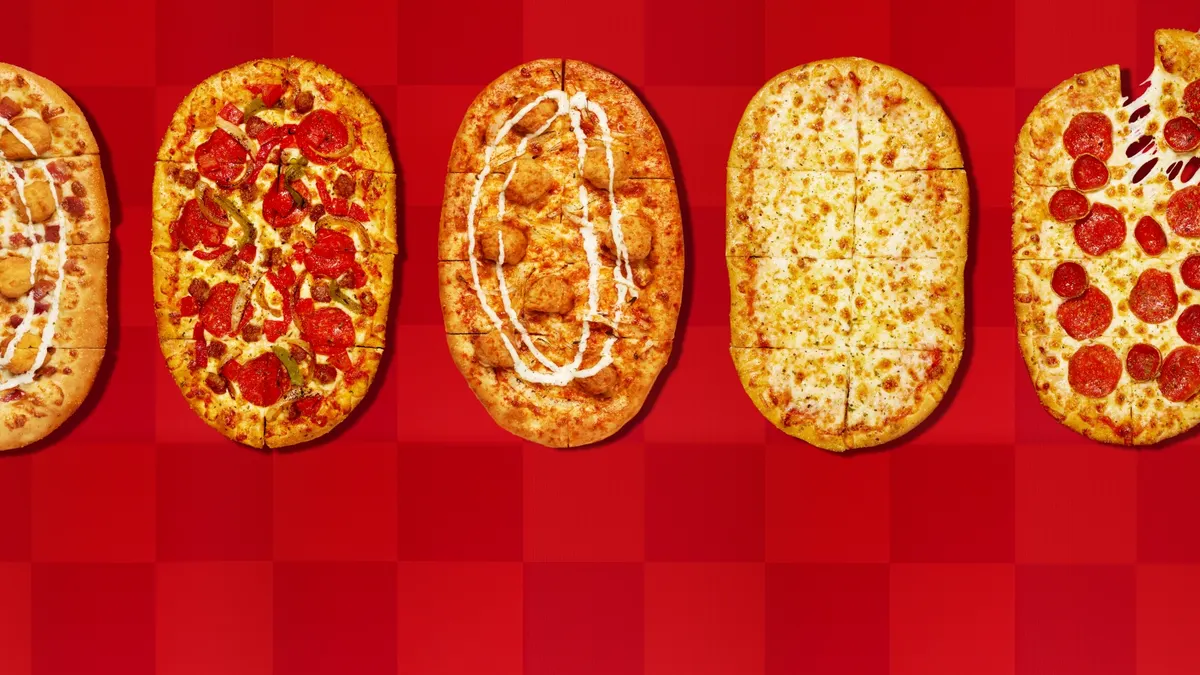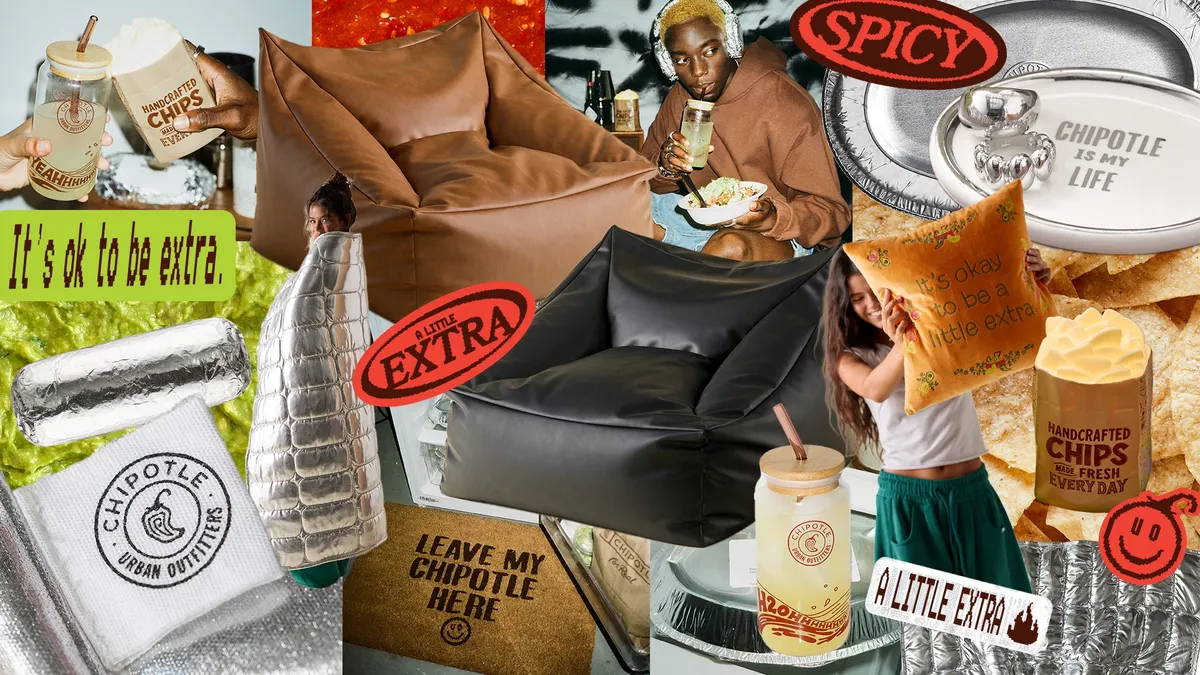Snack menus are on the rise among restaurant chains looking to reverse traffic declines and win the loyalty of price-sensitive, low-income consumers who are spending less on meals out. But how much growth potential does the category hold?
Traditional breakfast, lunch and dinner dayparts still comprise the vast majority (75%) of meal occasions, David Portalatin, Circana’s senior vice president and industry food advisor for food and foodservice, wrote in an email. However, recent changes in daily routines, such as an increased number of work-from-home employees, have created headwinds for the lunch daypart and opportunities for snacking occasions.
Consumers want a pick-me-up snack during the midafternoon, a trend that fits well with QSR business models that get diners in and out quickly, Rick Camac, dean of restaurant and hospitality management at the Institute of Culinary Education, wrote in an email.
Popular restaurant snack innovations range from on-the-go desserts and small pizza-like offerings to handheld sandwiches and specialty beverages, experts say.
The growing demand for snacks has translated to a gradual increase in between-meal occasions in the U.S. over the last several years, said Portalatin. Since 2021, the number of between-meal occasions in the U.S. grew annually from 800 to 808 per person, he said, citing a Circana study of consumer purchases at restaurants, and of prepared meals, snacks and beverages.
Commercial foodservice operators also saw snack occasions that occur in the evening — after dinner and late night — grow by 253 million visits, or 5%, compared to a year ago, said Portalatin. That growth is seen during evening and late night occasions, as well as during morning snack hours, between breakfast and lunch, he said.
There are a number of factors that shape strategy around what products to offer and at what time of day, experts said. The snacks that are most popular among today’s diners “run the gamut” depending on a person’s “mood, need, timing, health and ease of travel,” said Camac.
But restaurants should offer snacks that are in line with their particular concepts, said Camac. This includes the type of cuisine that the restaurant offers — such as Italian, American, or Chinese cuisines — as well as its market segment, such as quick service, fast casual or full service, he said.
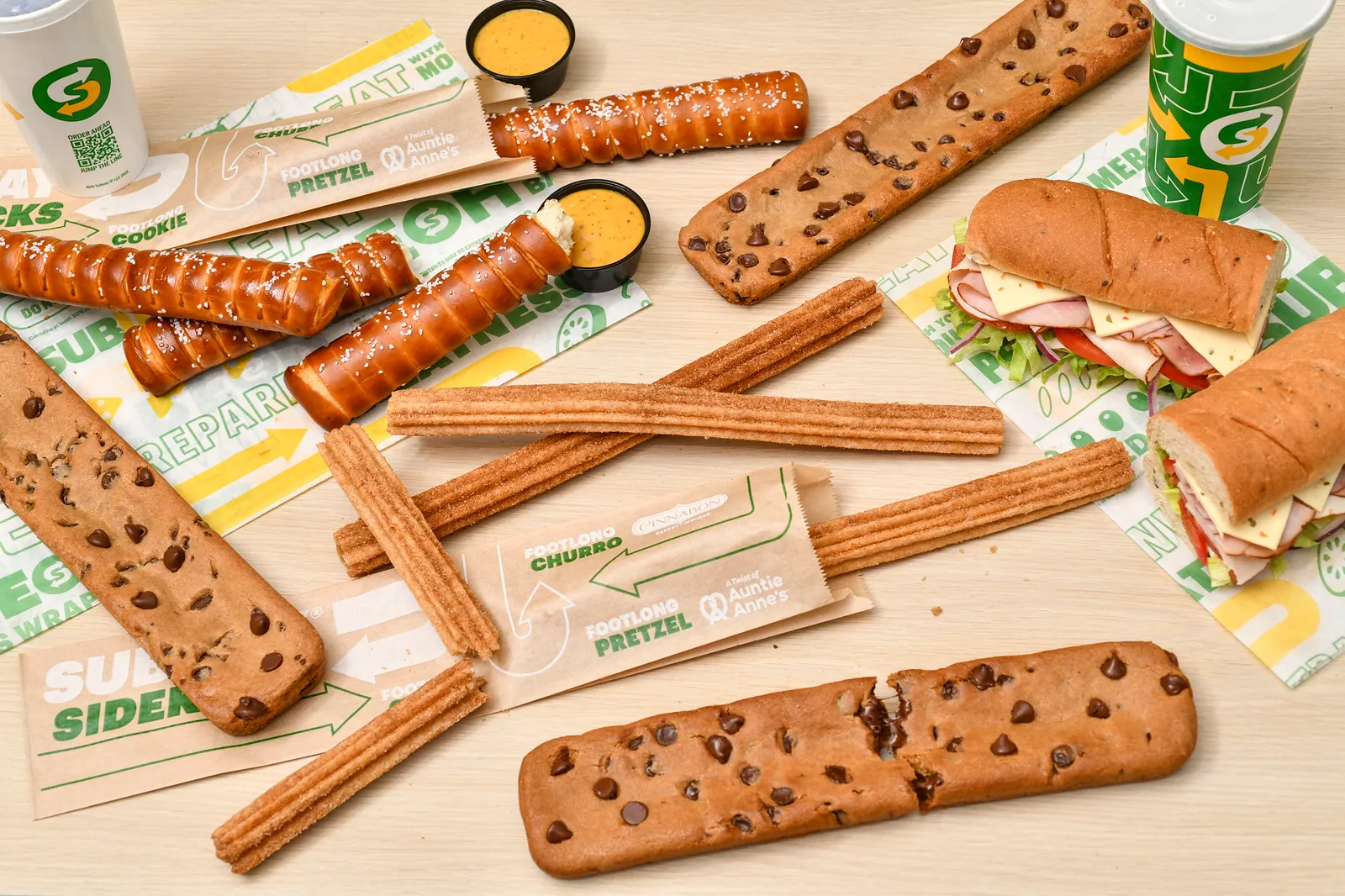
QSRs target the afternoon slump
In recent years, restaurants have increased prices due to inflation and supply chain issues, prompting price-sensitive diners to eat out less and spend less per transaction, said Rocio Franco, a senior consultant at Euromonitor International, wrote in an email.
Consumers are replacing expensive lunches and meals with desk snacks and packaged foods due to extended workdays and busier lifestyles, according to a report from Straits Research, a market analytics firm. Purchases of savory snacks are increasing, particularly in affluent countries like the U.S., due to their simple accessibility, per the report.
Some diners are purchasing more food from retailers to cook at home, Franco said, but many consumers say they don’t have time to cook at home or that they’re not very good at cooking — driving them to look for quick and convenient food options at restaurants, said Franco.
A number of quick-service restaurants are trying to tap into this growing market.
Subway added footlong snacks to its menu in January, including footlong pretzels, churros and cookies. The quick- service sandwich chain created the new menu items, dubbed “Subway Sidekicks,” through partnerships with Cinnabon and Auntie Anne’s.
According to a Subway spokesperson, increased consumer demand for snacking was the “driving force” behind the restaurant chain’s decision to introduce the new Sidekick items.
“Subway constantly conducts research and taps into consumer trends to guide menu innovation and predict the flavors and cuisines that guests are craving,” the spokesperson said. The Sidekicks are “a new category of footlong snacks that have opened up new occasions for our guests to dine at Subway.”
In March, Little Caesars tapped into the snacking trend, offering bite-sized Crazy Puffs — small pizza cheese or pepperoni pizza snacks — priced at $3.99 for four puffs. Other pizza chains, including Papa Johns, Mod Pizza, and Pizza Hut, have also started offering on-the-go pizza snacks in recent years.
Starbucks executives also told investors last year that it would help drive afternoon and all-day visits by offering new, elevated fresh-baked items. The coffee chain reported that food accounted for almost $6 billion in sales in the North American region in FY 2023, half of which were driven by the all-day breakfast items it offers, including egg bites, breakfast sandwiches and breakfast wraps.
Meanwhile, McDonald’s is aiming to capture that mid-afternoon consumer base with its small-format concept restaurant chain, CosMc’s, which offers iced coffee, specialty drinks, sandwiches, snacks and sweet and savory bites.
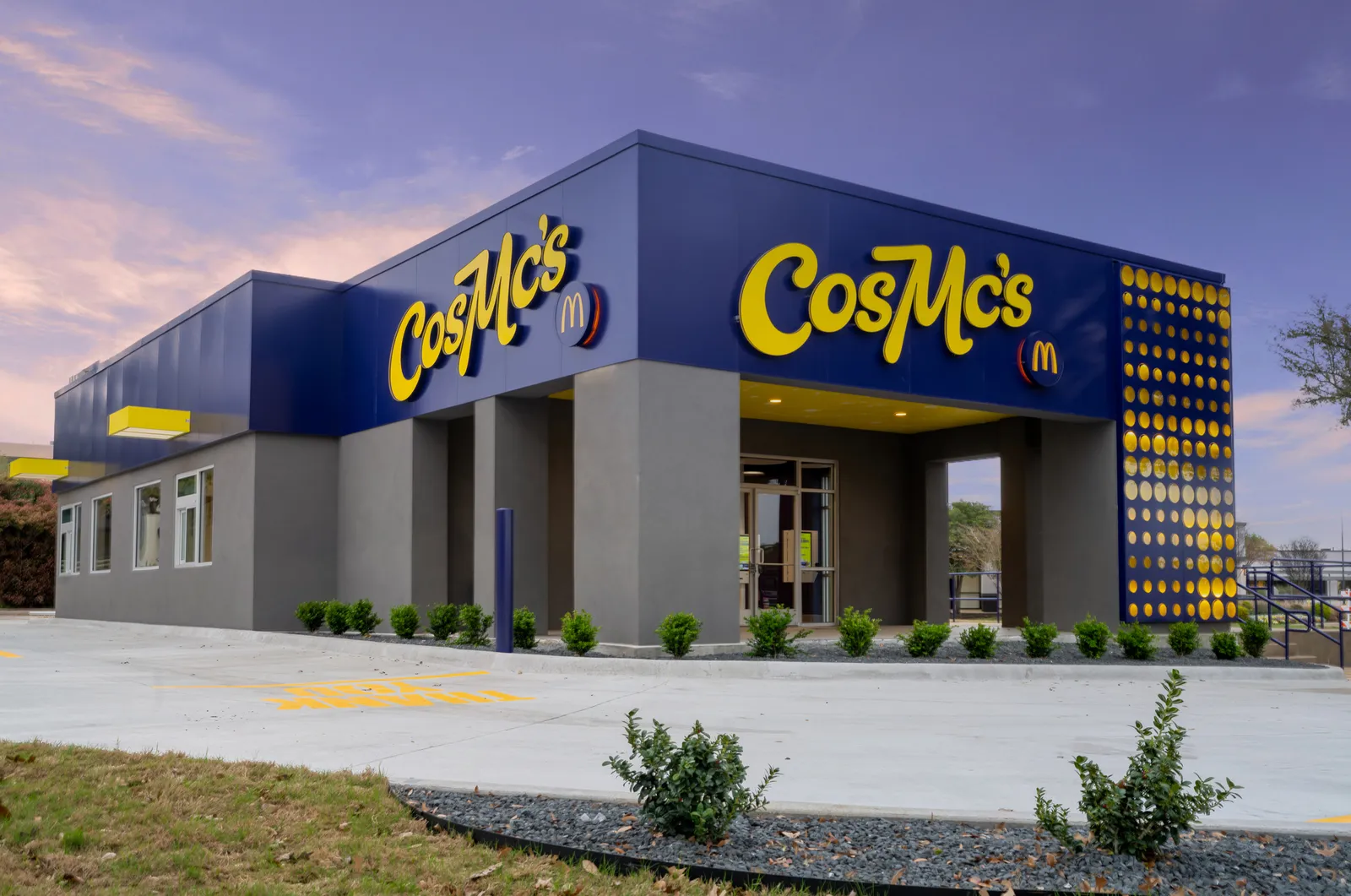
Energy boosts are a key focus
Restaurants could offer diners an energy boost to help them get through the late afternoon with caffeinated, sugar-based, or sugar substitute-based items. Such snacks should be items that can be eaten on the go, preferably in one hand, Camac said.
“When on the go, especially in a car, certain snacks are much easier to eat (and less messy) than others,” said Camac. “Try eating a chocolate croissant while you drive.”
Restaurants could also tap into a growing demand for healthier snacks. Market intelligence firm Skyquest Technology last year reported the healthy snack market is experiencing steady growth as consumers seek “quick, convenient and affordable snacking options that meet their daily nutritional requirements.”
A variety of food and beverage items, including specialty coffee, indulgent items such as frozen sweets, and traditional main meal items like chicken nuggets, can perform well between standard meal occasions, said Portalatin.
“The opportunity is for restaurant operators to offer flexibility for consumers in a way of portion sizes, price points and portability to craft meal/snack occasions that fit their needs at moments outside of traditional meal times,” he said.
Depending on the ingredients used, beverages typically offer higher margins than food snacks, said Camac, which may reflect CosMc’s beverage-forward menu slate and an influx of specialty boba and smoothie drinks at chains.
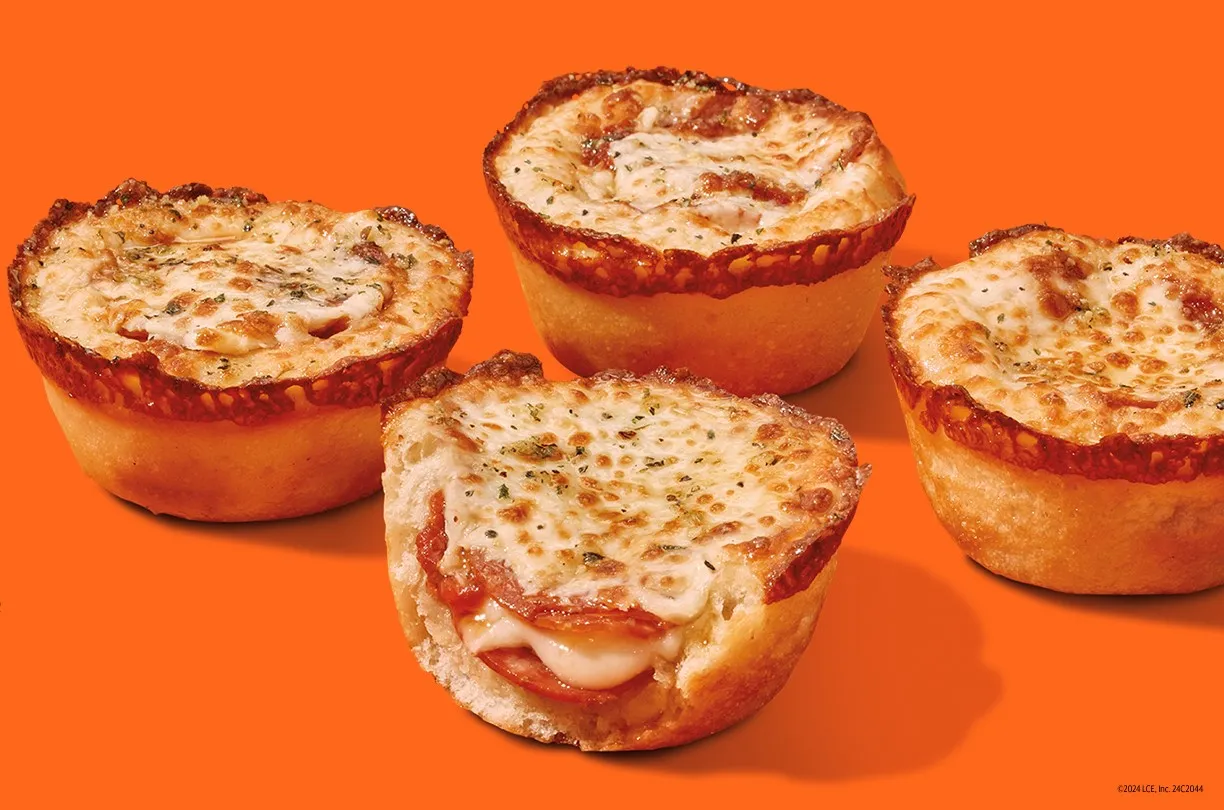
Menu diversity can optimize operations
Restaurants that dedicate themselves to a single cuisine lose sales because they go through idle periods throughout the day when their kitchens aren’t used, Franco said.
“Adding a virtual brand to their operations or emphasizing a snack menu can fill time slots and [maximize] the function of their kitchens,” Franco said.
After a restaurant settles on a snack menu, they need to figure out how to advertise it. Methods can vary, said Camac.
Some restaurants could take a risk by advertising and promoting the new product immediately, while others “may try to get it started by word of mouth, which would typically grow slower,” said Camac. That decision depends on the restaurant owner’s budget and comfort level, he said.
Operators also need to determine when they’re going to offer the new daypart. Citing Euromonitor’s 2024 Lifestyle survey, Franco said there are three peak hours for snacking: 9 a.m. to 10 a.m.; 3 p.m. to 4 p.m.; and, to a lesser extent, 8 p.m. to 10 p.m.
Restaurants should offer their snack menu during a time that does not compete with their other dayparts that typically bring in more revenue and profit, Camac said. That time frame can depend on the venue and market segment, he said. For full-service restaurants that serve breakfast, lunch, and dinner, that time frame could be 10:30 a.m. to noon or, likely even better, 3 p.m. to 5 p.m., he said.
“Only time and testing will tell the operator what works,” Camac said.







